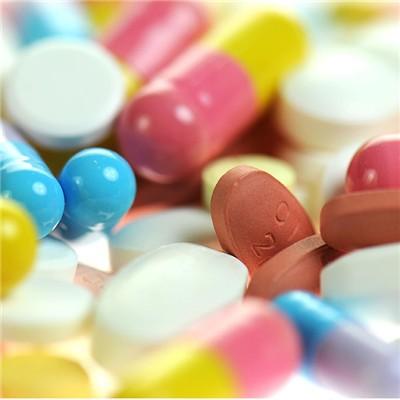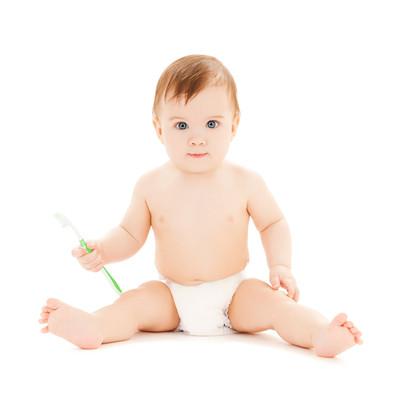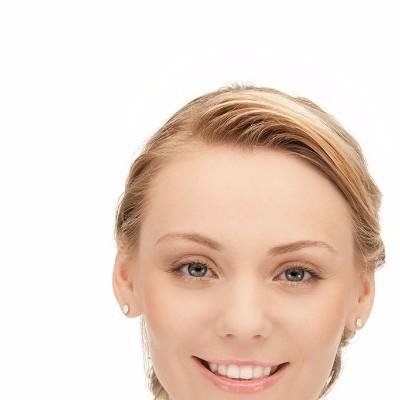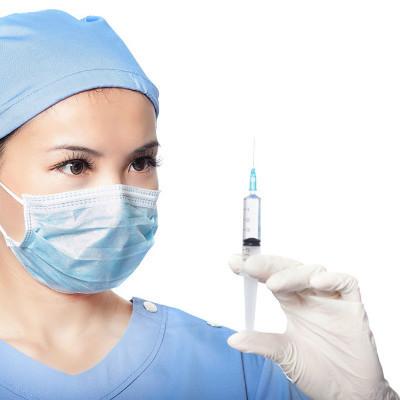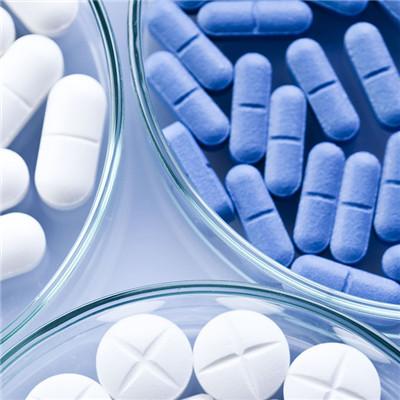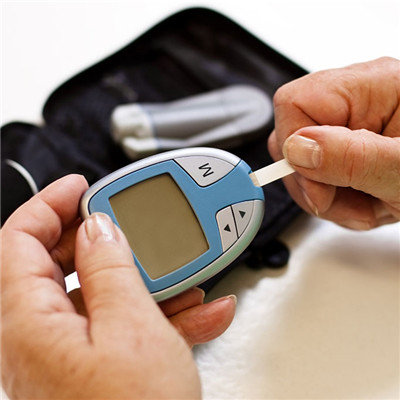How is lymphadenitis treated? Can traditional Chinese medicine cure from the source?
summary
Acute lymphadenitis is mostly secondary to other suppurative infection. Due to the invasion of lymphatics by pyogenic bacteria, local lymphadenopathy, pain and tenderness are caused by the invasion of lymph nodes. Severe cases often have chills, fever, headache and other systemic symptoms. If the treatment is not timely, abscess can be formed.
How is lymphadenitis treated? Can traditional Chinese medicine cure from the source?
First: Traditional Chinese medicine treatment for the treatment of lymphatic inflammation, patients can only use antibiotics, anti-inflammatory drugs, closed needle to relieve symptoms, can not fundamentally cure the disease.
Second: Western medicine diagnosis and treatment method 1, tuberculous lymphadenitis, can choose isoniazid 100mg, three times a day, long-term use 18-24 months, streptomycin 0.5g, twice a day intramuscular injection. 2、 Acute lymphadenitis should first control inflammation and avoid spread. Effective and sufficient antibiotics such as penicillin, streptomycin or other broad-spectrum antibiotics should be selected. Drugs can also be selected according to the drug sensitivity test of samples.
Third: supportive therapy: supplement necessary vitamins and liquids, regulate electrolyte balance. 1. External application of Xiaoyan powder to relieve inflammation and pain. 2. Blocking therapy: when the abscess has not yet formed, procaine solution can be used to block around the lymph nodes (skin test is needed first). 3. It is necessary to apply traditional Chinese medicine on tuberculous lymphadenitis. If there is perforation and fistula, the diseased tissue can be scraped off in the resection of sinus.
matters needing attention
1. In the early stage, the lymph nodes are swollen, painful and tender, which can move; 2. In the later stage, many lymph nodes often adhere to form a hard mass, which is not easy to push. At this time, the skin is often red, swollen and tender, with chills, fever, headache, fatigue and other systemic symptoms. If not controlled in time, the abscess can be formed. 3. Neck, armpit and groin are the most common parts.

